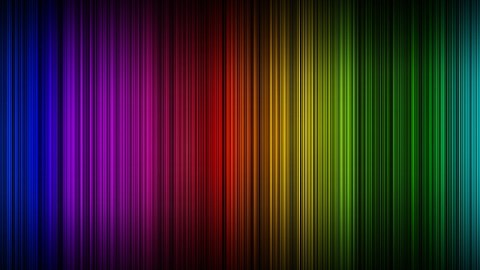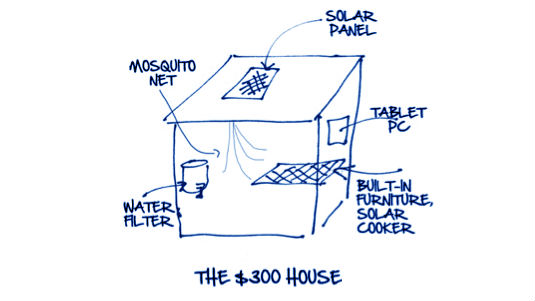Printing Color Images At 100,000 DPI

What’s the Latest Development?
Researchers at Singapore’s Agency for Science, Technology and Research (A*STAR) have discovered a way to print color images at the highest resolution possible: 100,000 dots per inch (DPI). They did it by coating a silicon wafer with an insulating material, and then removing part of the layer to reveal a set of upright posts about 95 nanometers high. They then added metals to these “nanoposts” and coated the remains of the wafer with metal. Changing the nanoposts’ spacing and diameter determined which parts of the color spectrum would appear when visible light hit the wafer.
What’s the Big Idea?
The super-high resolution of images printed in this way is due to the precise proximity between individual posts: “[T]wo adjacent dots blur into one if they are closer than half the wavelength of the light reflecting from them. Since the wavelength of visible light ranges about 380-780 nanometers, the nanoposts are as close as is physically possible to produce a reasonable range of colors.” Although the printing process takes several hours, team leader Joel Yang says a nanopost template could be created for stamping copies of an image. The tiny images could serve as anti-counterfeiting tags on products.
Photo Credit: Shutterstock.com





